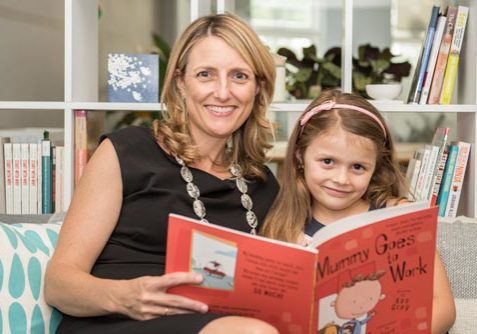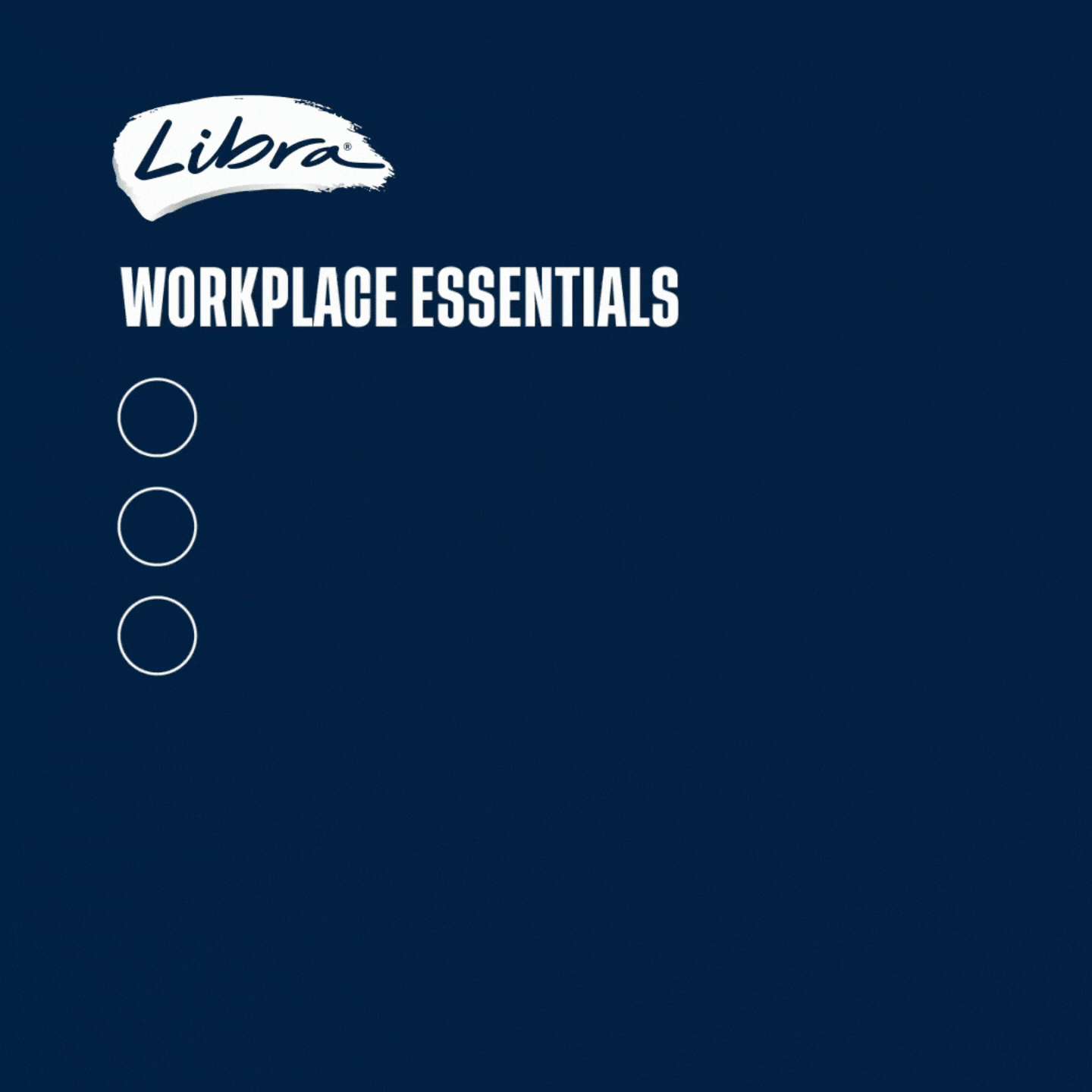The last few weeks have seen once-in-a-generation policy promises announced that could significantly transform the future for families in Australia, as well as our overall economic prosperity with improved women’s workforce participation.
These policy changes have come from state and federal governments, and cover early childhood education, paid parental leave and other areas encouraging workplace gender equality.
The biggest such announcement came earlier this month, when the NSW and Victorian Governments jointly unveiled plans to introduce a “pre-kindergarten” year of learning – ultimately unveiling a new year of universal education for four and five yar olds in the year before they start school.
It’s the type of bold reform we desperately need to reflect the modern-day realities of working families, and give greater education access to children during their most vital formative years.
Of course, including an additional year of schooling is no quick and immediate fix. Both governments have conceded it will take up to a decade to implement the change, and note the billions of dollars and “hard collaborative work” required to make it happen.
Meanwhile, NSW Treasurer Matt Kean has also released his plan for an annual corporate “heroes and laggards” list on gender equality, pushing to improve gender representation across the state’s biggest employers. His first budget also saw funding allocated for two weeks’ additional paid parental leave for NSW public servants, removing the primary and secondary carer labels. Alongside NSW Premier Dominic Perrottet, Kean has been upfront in highlighting how women’s economic opportunities are key to growing revenue across the state – which is why his first budget carried such significant reform packages aiming to address women’s workforce participation.
It was excellent to see the Treasurer participating in our recent launch of our report at the beginning of June, where we released data highlighting the benefits of family-friendly workplaces, one year since we launched the Family Friendly Workplaces initiative with UNICEF Australia. The Treasurer has shown deep interest and enthusiasm for what we’re working to achieve and seems committed to genuine reform that can make working life easier and more accessible for parents.
Nationally, with a new federal Labor Government in power, we’re also starting to see more details around what some of the promises and ideas it took to the election will look like.
Just this week, Australia’s new social services minister Amanda Rishworth announced the Albanese Government is considering legislative changes that could see fathers able to access 20 weeks of paid parental leave, available within the first two years of a child’s life. She told The Australian the government is closely examining how they can support modern families, including by offering more flexibility and targeting reforms that can help dismantle traditional gender steretypes that hold progress back.
Such changes to the commonwealth paid parental leave scheme would help bring it closer to what we’re already seeing new parents being offered from certified Family Friendly Workplaces. Our one-year analysis report since launching FFW found that a massive 74 per cent of certified employers are now providing gender-equal access to paid parental leave.
As we’ve seen in the past, tinkering around the edges of early childhood education and paid parental leave may help alleviate some costs for parents, but it’s not enough to bring about real change when it comes to improving outcomes for children, and supporting more families at work. We need much more significant shifts – those that completely transform how we think about schooling, shared care and flexibility.
It’s extraordinary to think that Australia ranks 70th for women’s economic participation and opportunity on the World Economic Forum’s index, despite Australian women being the most educated in the world.
As we know, an inability to access affordable and quality early childhood education is a major barrier in the way of improving this participation ranking.
Indeed, the latest figures out from the Workplace Gender Equality Agency are telling in terms of the gender differences in workforce participation in Australia. Less than 50 per cent of women are employed full time in Australia, according to the new data.
More than 90 per cent of managers are working full time, according to the WGEA analysis, with significant discrepancies in working patterns between men and women occurring from age 35 onwards – an age that also coincides with people becoming parents.
We need to change this. Big, bold policy announcements – like the additional year of universal education and paid parental leave reform – are important aspects of the shift needed.
I hope these latest policy announcements — alongside the WGEA pay gap data — will spur more employers into taking their own form of action.
Big government reforms take time. They often require a generational shift. Employers have an opportunity to reform and create new workplace policies that can make a meaningful difference to families right now, rather than only for those with younger children in the future.


